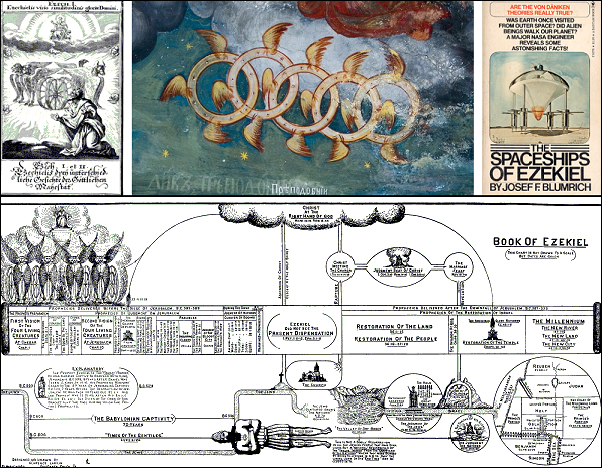[ by Charles Cameron — still trying to cover some of the major feasts and fasts of the world’s religions in calendar time, which can open on occasion into timelessness — Chag Purim Sameach! ]
.
From the North Carolina Museum of Art site:
The subject of this painting comes from the Old Testament Book of Esther. Ahasuerus (Xerxes), king of the Persians, took Esther as his queen, not knowing she was a Jew. Haman, the king’s evil minister, plotted to annihilate the Jews by issuing a decree of execution in the king’s name. Esther invited both men to a banquet in order to reveal Haman’s plot to Ahasuerus and to plead for the life of her people. The king’s anger is seen in his clenched fists; soon, Haman would meet his fate on the gallows. Although this picture was long attributed to Rembrandt, its scale, bold colors, and dramatic energy have much in common with others painted by Lievens at a time when he may have shared a studio with Rembrandt in Leiden.
**
I don’t want to get itno too much detail on this one, since Purim caught up with me before I’d done the necessary research to write a properly up-to-date account of its “prophetic” significance in terms of contemporary geopolitics this year — but I would like to point us a couple of years back, to PM Netanyahu’s gift of an Esther scroll to Pres. Obama:
**
I’ve chosen to illustrate that gift of an Esther scroll via blog headlines, then and now, from the site of Joel Rosenberg, popular Christian novelist and apocalyptic influencer of politicians, who clearly finds “signs of the times” in WaPo and NYT — essentially reading with “news / scripture” bi-focals.
This kind of religious enthusiasm and double-reading is also present in the controversial Gen. Boykin. Accordding to a DOD report of August 5, 2004 titled Alleged Improprieties Related To Public Speaking: Lieutenant General William G. Boykin, U.S. Army Deputy Under Secretary of Defense for Intelligence“, GEN Boykin gave repeated speeches in which he claimed:
After telling the story of Esther — a biblical figure who, according to LTG Boykin, became queen of Persia and was told she had been “raised up for for such a time as this” to save her people (the Jews in Persia), LTG Boykin analogized the story to the election of President Bush who, he said, had been placed in the presidency by God. “for such a time as this” (referring to the war on terrorism).
**
The geopolitical influence of rival eschatologies, then, can be found in Netanyahu, Boykin, Rosenberg, and (plausibly at least) also in Khamenei… and is well illustrated in the books of the “Two Joels”:
**
Here’s the rub, though.
When you view the world through apoc-specs, and then influence the policies of Powers, Principalities, Thrones and Dominions (words which have, interestingly enough, their own bi-focal meanings, temporal / terrestrial and celestial / demonic), and the world changes in unexpected ways — Ahmadinejad, with his imminent Mahdist expectation, is replaced by the far more suave and less apocalyptically aroused Hassan Rouhani — it takes some deft footwork to avoid being caught wirthout a chair when the music stops…
As I observed in the mid-1990s:
Bernard McGinn makes a shrewd comment on Luther’s process, in his article on Revelation in Robert Alter and Frank Kermode’s Literary Guide to the Bible:
Earlier interpreters, such as Joachim (but not Augustine), had also claimed to find a consonance between Revelation’s prophecies and the events of Church history, but they had begun with Scripture and used it as a key to unlock history. Paradoxically, Luther, the great champion of the biblical word, claimed that history enabled him to make sense of Revelation…
So: which direction should theologians “read” the analogy between Revelation and history in?
Should they, like Luther, start with history and try to “shoe-horn” the Book of Revelation to fit it, or vice versa? There are two very different processes here, and the results may be correspondingly different — but when people today read accounts of Revelation which propose that the “end times” are nigh, they seldom even ask the question: which came first in the interpreter’s mind?
**
Without even getting into the rival eschatologies of Jewish Messianism and Islamic Mahdism, Christian eschatological interpretations themselves are a vastly obscure and complex matter — essentially a sort of verbal Rorshach blot onto which different people in different centuries and on different continents all find it only too easy to project their own circumstances and political beliefs…
Ezekiel, for instance, is famously hard to understand:
Is he writing about semi-mathematical angels or flying saucers?
And what does that map — taken from one of many, many, in Clarence Larkin‘s Dispensational Truth (1918, revised 1920, mine is the 29th printing) — really mean, not in 1918 at the end of World War I, but today, almost a century later?
I confess I have a fondness for Ezekiel. One of his visions, via the gospel song Dem Bones, gave me the name under which I developed my HipBone Games… and of course his interest as an eschatological visionary helped, too…
**
DoubleQuote sources:
Joel Rosenberg, From Ancient Persia to to Hitler’s Germany Joel Rosenberg, Netanyahu gives Obama Esther Scroll






